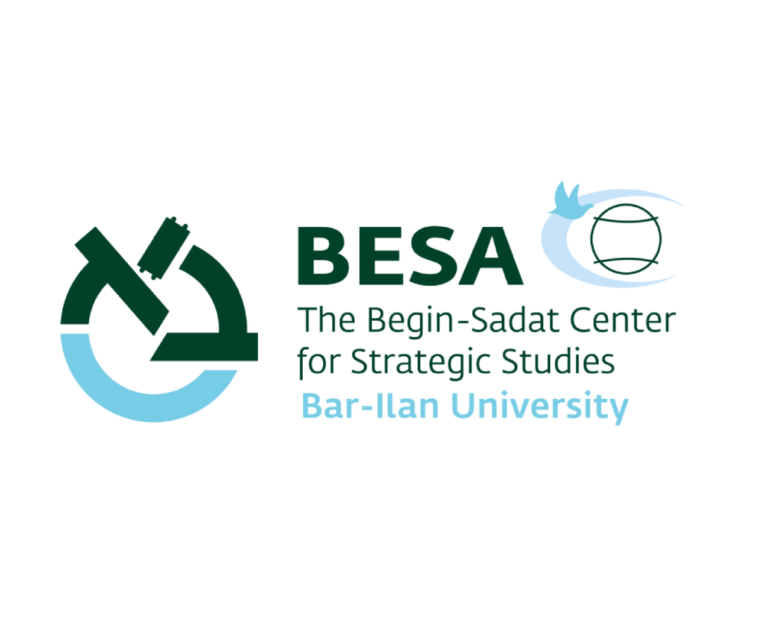
- Dr. James M. Dorsey
- December 13, 2017
- Paper No. 684
Transition is the name of the game in the Middle East and North Africa. The question is, transition to what? The answer to that question lies in an Arab autocratic push for a Saudi-led regional order that would be based on an upgraded, 21st century version of autocracy designed to fortify absolute rule. To achieve this, autocrats have embraced economic reform accompanied by social change that would allow them to efficiently deliver public goods and services. It is an approach that rejects recognition of basic freedoms and political rights, but is likely – eventually – to produce more open and inclusive political systems that ensure that all segments of society have a stake.





